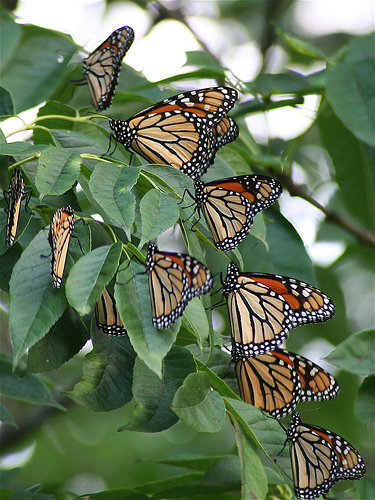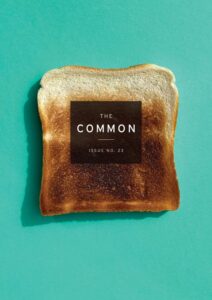
We met friends north of Seattle, then drove to catch the ferry to Orcas Island and talked about Washington’s bikini baristas. It would be another three hours before the ferry left, so we walked through cars and trucks parked in lanes straight as garden rows to the snack shop and overpaid for sandwiches, a banana, soda. You sat on the asphalt behind a Chevy Tahoe, petting a pit bull someone had tied to the trailer hitch, and I took your picture.
Conversation and knowing there was no option but to wait made time pass easily. When the boat departed, we sat on the observation deck and cruised west into the pale sun and gray gauzy clouds, toward forested islands rising black from the sea. It was cold.








